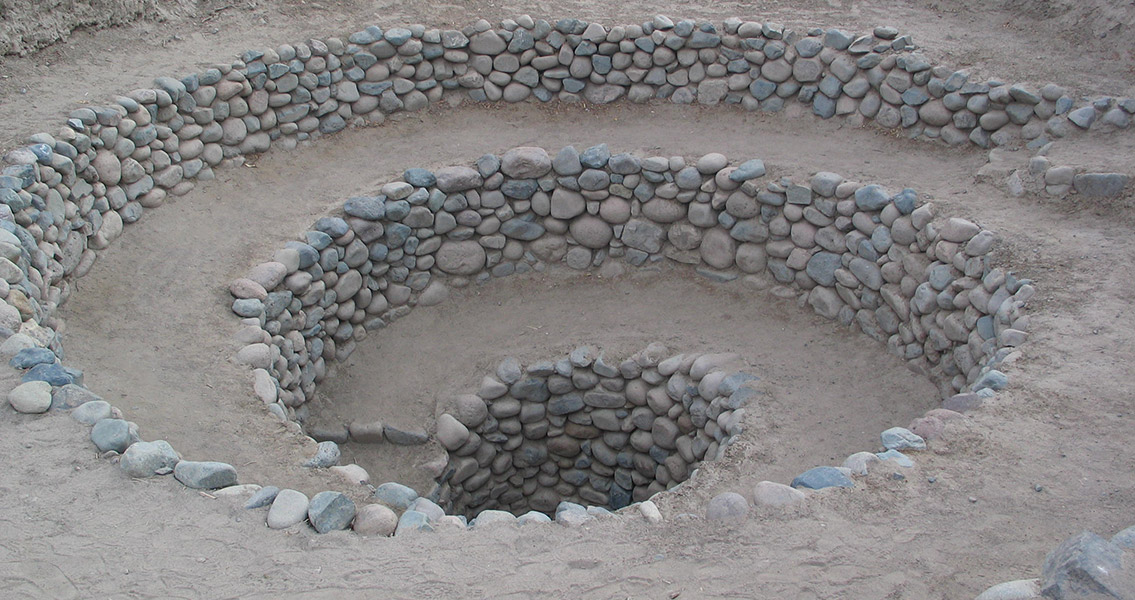<![CDATA[Puquios are an ancient system of underground aqueducts located in Peru near the city of Nasca. Of the 36 Puquios known to exist (they have never been mapped fully or excavated), a majority of them are still functioning and relied upon to convey fresh water into the desert. New research led by Rosa Lasaponara from the Institute of Methodologies for Environmental Analysis (Italy), has utilised satellite technology to offer new insights into this old technology. They appear on the surface as rock-lined spiral holes and although people in the Nasca region along with a handful of scientists have long assumed they were somehow connected to water conveyance, there was no affinitive explanation as to how. Additionally, the puquios were constructed using the materials the builders found around them – the same materials still there – making carbon dating impossible. To untangle the mystery researchers looked to satellite images to give them a better perspective of the puquios' locations relative to each other. Now the team is prepared to present new evidence which suggests the puquios were actually part of a huge hydraulic system with underground canals that carried water to the location it was needed; as drinking water in populated areas or for crop irrigation. The puquios role in the system was to pull air into it – the wind essentially pushed the air through the system – meaning they worked as ancient pumps. When the aqueducts were actually constructed has been the subject of conflicting research. On one side archaeologists propose the Pre-Columbian Nasca people built them sometime around 540 CE after experiencing two prolonged droughts. On the other, are archaeologists who doubt this hypothesis given a lack of any historical reference both before and after the Spanish Empire. The existence of puquios are first mentioned in the historical writings of Reginaldo de Lizárraga in 1605, leading some experts to contend the aqueducts were built by the Spanish. However, there’s no evidence in any Spanish text of a project to build the puquios, nor do they include any evidence of the water systems existing when the Spanish Empire conquered the region. Josue Lancho Rojas and Katharina Schreiber explore puquios in their book 'Irrigation and Society in the Peruvian Desert', and provide evidence that puquios were built by a pre-Hispanic society. On the other hand, it’s been argued that Rojas and Schreiber misinterpreted evidence, and there is a better and easier explanation: the system was constructed during colonial times. The Nasca people occupied the area starting prior to 1,000 BCE and lasting until around 750 CE, a remarkable feat according to historians given the area is amongst the driest on the planet. Prior research suggests these people created the famous 'Nasca lines' which blanket the desert floor with huge patterns in geometric, animal and plant shapes. It’s been suggested the massive drawings also played a role in a project aimed at moving water, possibly marking major components. The existence of an underground water system as suggested by this new research means that people would have had access to water year-round. It also shows a high level of technical ability and organization. Building a functioning system of this magnitude and keeping it working indicate extreme effort and coordination. The new research will be published in Ancient Nasca World: New Insights from Science and Archaeology. ]]>
Puquios – When Survival Is the Mother of Innovation
